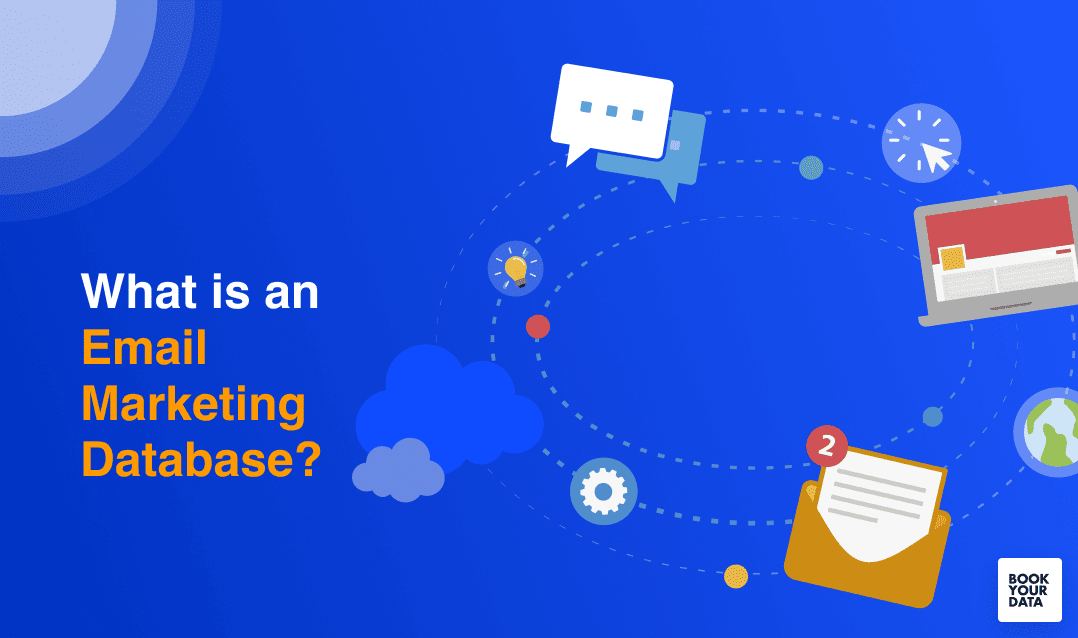In the digital marketing world, every brand aims to maximize its return on investment (ROI) while keeping customer engagement high. One of the most effective ways to achieve this is by using a verified and segmented Email database.
A well-maintained email list helps you reach the right audience, nurture leads, and drive consistent conversions. Let’s explore how a high-quality email database can dramatically improve your marketing ROI and why it’s an essential tool for any business that wants measurable results.
What Makes an Email Database Valuable
An email database isn’t just a list of addresses. It’s a structured, dynamic collection of potential customers, each with specific interests, demographics, and engagement history. A valuable database is characterized by:
- Accuracy: All emails are valid and verified.
- Segmentation: Contacts are grouped by interests, behaviors, or demographics.
- Engagement: The list includes active users who interact with your messages.
- Compliance: All contacts are collected through permission-based, legal channels.
When your database has these attributes, it becomes a powerful marketing asset that supports long-term success.
The Role of Email Databases in ROI Optimization
1. Reduced Marketing Waste
Traditional advertising often involves spending money to reach people who might never be interested in your product. In contrast, email marketing targets a qualified audience who have shown interest in your brand or offerings. By eliminating irrelevant contacts, you spend less and convert more — instantly improving ROI.
2. Enhanced Personalization
A segmented email database allows marketers to tailor campaigns to specific groups of subscribers. Personalized messages — such as product recommendations or tailored offers — yield higher open and click-through rates. In fact, studies show that personalized emails can boost revenue by over 20%.
3. Consistent Lead Nurturing
With an organized email database, it’s easier to maintain consistent communication with leads. Automated follow-ups, educational emails, and event invitations help move prospects through the sales funnel, increasing the likelihood of conversion.
4. Improved Campaign Tracking
Email marketing tools integrated with a strong database provide measurable insights such as open rates, click rates, and conversion ratios. These analytics allow you to refine strategies, improve targeting, and continuously increase ROI.
How to Build a High-ROI Email Database
Creating an email database that supports high ROI requires a strategic approach. Below are some proven methods to build a valuable database that delivers results.
1. Use Quality Data Sources
Collect data ethically through your website, events, webinars, and opt-in forms. Avoid buying generic or outdated lists, as they often contain invalid or uninterested contacts.
2. Encourage Opt-Ins with Incentives
Offer something valuable in exchange for email sign-ups — like discounts, eBooks, or free resources. This ensures that only genuinely interested prospects join your list.
3. Maintain Data Hygiene
Regularly remove inactive users and invalid emails. This helps reduce bounce rates, maintains your sender reputation, and ensures high deliverability.
4. Segment for Precision
Group subscribers by criteria such as age, interests, purchase history, or location. Targeted campaigns lead to higher engagement, resulting in better ROI.
The Connection Between Data Accuracy and ROI
Data accuracy is often underestimated, but it has a direct impact on marketing ROI. Sending campaigns to incorrect or inactive addresses not only wastes resources but can also harm your brand reputation.
Accurate data ensures:
- Higher Deliverability: Fewer bounces and spam complaints.
- Better Engagement: More relevant emails lead to stronger responses.
- Reduced Costs: You pay only for valid, active contacts.
- Reliable Analytics: Performance reports are accurate and actionable.
By maintaining a clean and verified email database, your campaigns consistently reach real people, improving both short- and long-term returns.
Real-World Impact: A Case in Point
Consider a B2B company that runs monthly newsletters to 20,000 subscribers. Without regular list cleaning, only 60% of those emails are delivered. After verifying the list, the company removes invalid addresses, reducing the total count to 15,000 — but deliverability increases to 98%.
With the new verified database, open rates jump by 30%, and conversions rise by 25%. Despite having fewer contacts, overall revenue increases because messages reach genuine prospects. This example demonstrates how data accuracy can drastically improve ROI.
The Future of ROI-Driven Email Databases
As digital marketing continues to evolve, artificial intelligence (AI) and automation are revolutionizing how databases are managed. AI can now:
- Predict user behavior based on past interactions.
- Automate segmentation for hyper-personalized campaigns.
- Identify inactive subscribers for re-engagement strategies.
These innovations make databases more intelligent, enabling marketers to send the right message to the right person at the right time — a formula that guarantees higher ROI.
Best Practices to Maximize ROI
- Verify regularly: Use validation tools every 3–6 months.
- Respect privacy: Always get consent before adding users to your list.
- Use analytics: Continuously track and optimize campaigns.
- Test campaigns: A/B test subject lines, content, and visuals to see what performs best.
Following these practices ensures your email marketing remains efficient, compliant, and profitable.
Conclusion
Your email database is the heartbeat of your marketing strategy. A high-quality, verified, and segmented list enables better targeting, engagement, and long-term ROI growth. Businesses that prioritize data accuracy and strategic communication consistently outperform competitors who overlook their database quality.
In today’s digital economy, investing in an email database isn’t an expense — it’s a growth multiplier.







